A guide to modernism’s most influential architects
From Bauhaus and brutalism to California and midcentury, these are the architects who shaped modernist architecture in the 20th century
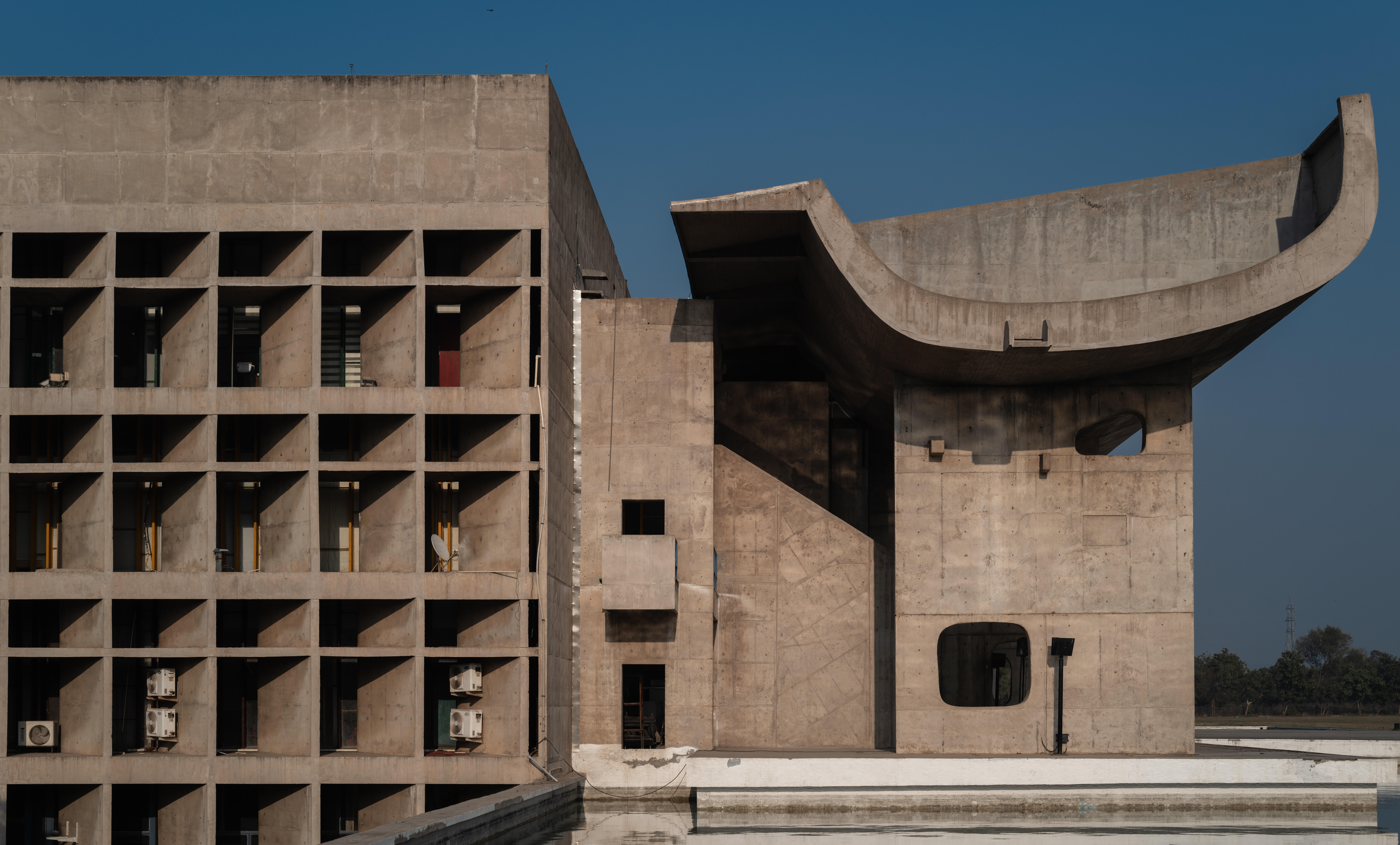
Modernist architecture emerged in the early 20th century as a reaction against the ornamental styles of the Victorian era and Art Nouveau. Rejecting decoration, modernism prioritised function, embracing new technologies and materials that arose from the Industrial Revolution. It also responded to the growing need for housing as a result of urbanisation. This was architecture for a new century, employing new construction methods and a fresh aesthetic that addressed social, technological and cultural shifts.
A whistle-stop introduction to modernist architecture
Throughout the 20th century, modernism spawned distinct regional variants. Le Corbusier's five points of architecture (more on this below) came to define the International Style, which is probably what most people think of when they think of modernism, characterised by clean lines, a ‘truth to materials’, and hallmarks such as flat roofs, glass curtain walls and steel frames.
In Europe, the Bauhaus School emerged as a prominent source of modernist thinking, with offshoots including brutalist architecture. The United States became a major centre for modernism, developing variants such as Frank Lloyd Wright’s Prairie School, California modernism and midcentury modernism. In Brazil and other equatorial regions, tropical modernism adapted the movement’s principles to local climates, while, in India, the quest for a postcolonial identity gave rise to its own iteration.
In the post-war period, modernist styles became the dominant aesthetic for institutional and civic buildings – known as late modernism (1950s-1970s). With the rise of minimalist modernism, which provided the blueprint for skyscrapers, and brutalism, which was often used in urban planning, the style faced mounting criticism for being sterile and monotonous. The architectural pendulum, as ever, began to swing back, sparking a renewed interest in complexity that heralded the rise of postmodernism.
Famous modernist architects
To tackle the long list of famous modernist architects, we have organised them by their continent of origin. This list is by no means exhaustive – modernism's vast and diverse nature means there will be many more – yet this is a strong starting point for the movement's most influential proponents.
Further, it reflects the societal imbalances of the 20th century – for instance, in terms of gender. Architecture has historically been a male-dominated profession, with women often pigeonholed into interiors or furniture design rather than building design. Recognition and attribution biases further obscured their contributions, frequently reducing their roles to collaboration or assistance.
Eurocentric aesthetic standards have also shaped the history of modernism, with Western movements often elevated as universal benchmarks, which is why we have chosen to represent a geographically diverse selection. That said, we have started with Europe, where modernism originated.
Receive our daily digest of inspiration, escapism and design stories from around the world direct to your inbox.
Europe
Le Corbusier (1887-1965)
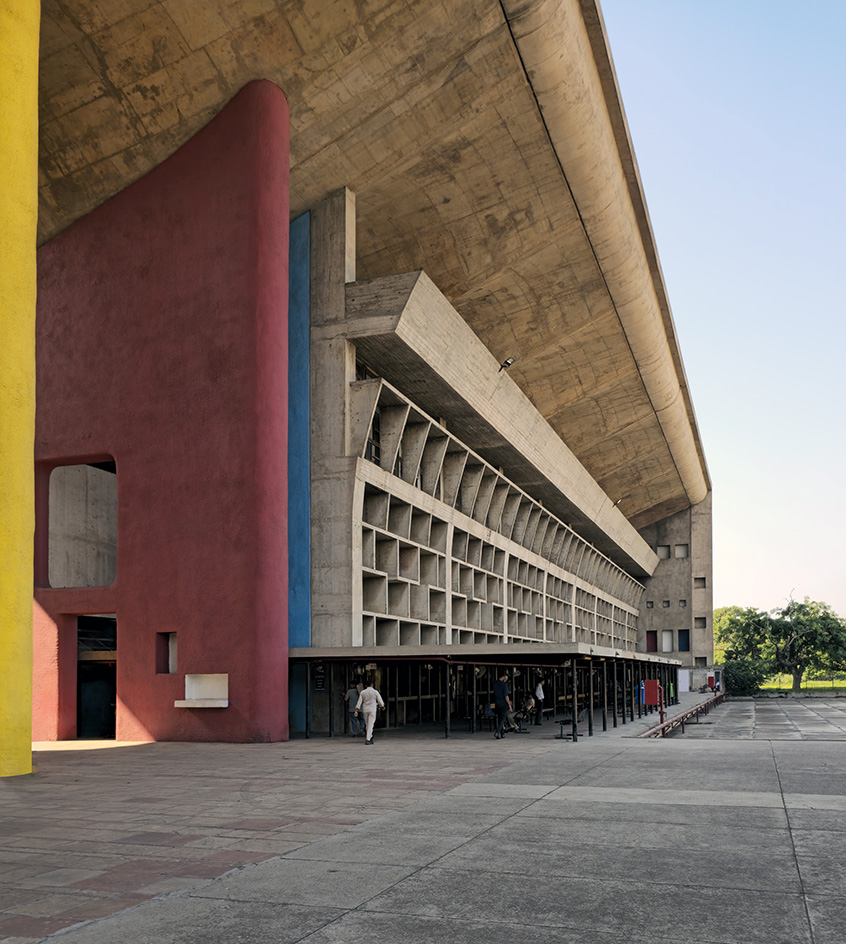
Chandigarh, India
Style: International style
Famous works: Villa Savoye; Unité d'Habitation; Chapel of Notre Dame du Haut, all France; the city of Chandigarh, India
Swiss-French architect and urban planner Le Corbusier viewed architecture as ‘a machine for living’, and was one of modernism’s most influential figures. He developed the ‘Five Points of Architecture’ – a set of principles advocating the use of pilotis (stilts), open floor plans, free façades, horizontal windows and rooftop gardens – which essentially constitutes the familiar modernist aesthetic. Le Corbusier is also known for the pivotal role he played in designing the Indian city of Chandigarh.
Walter Gropius (1883-1969)

The Bauhaus building in Dessau, Germany
Style: Bauhaus
Famous works: Bauhaus Dessau, Germany; Gropius House, USA
Walter Gropius founded the Bauhaus School in Germany in 1919 (later forced to close by the Nazis in 1933). The movement embraced key modernist ideas such as form following function and simplicity in design, while also introducing distinctive concepts like the fusion of art and industry and the use of materials such as steel and glass. The Bauhaus building in Dessau, the art school’s HQ, is an iconic example of this architecture.
Alvar Aalto (1898-1976)
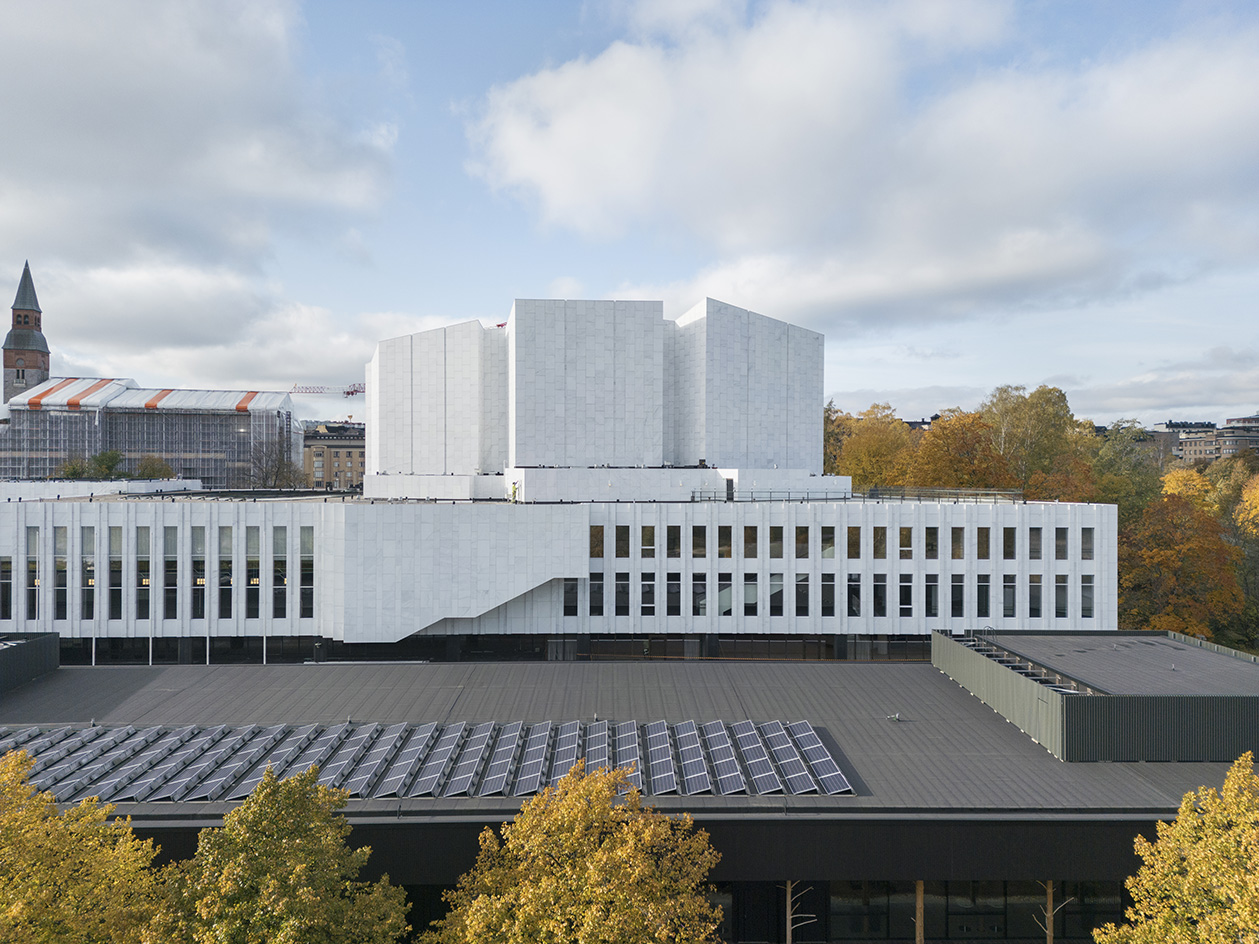
Finlandia Hall, Helsinki, Finland
Style: Humanist modernism, organic architecture
Famous works: Paimio Sanatorium; Finlandia Hall, both Finland; Viipuri Library, Russia
Alvar Aalto was a Finnish architect and furniture designer who embraced functional modernist principles while humanising them through the use of natural materials – especially wood – and organic forms. His career coincided with Finland’s rapid industrialisation in the early 20th century, helping establish the style that he developed with his wife, Aino Aalto, as a blueprint for the Scandinavian modern aesthetic.
Eileen Gray (1878-1976)
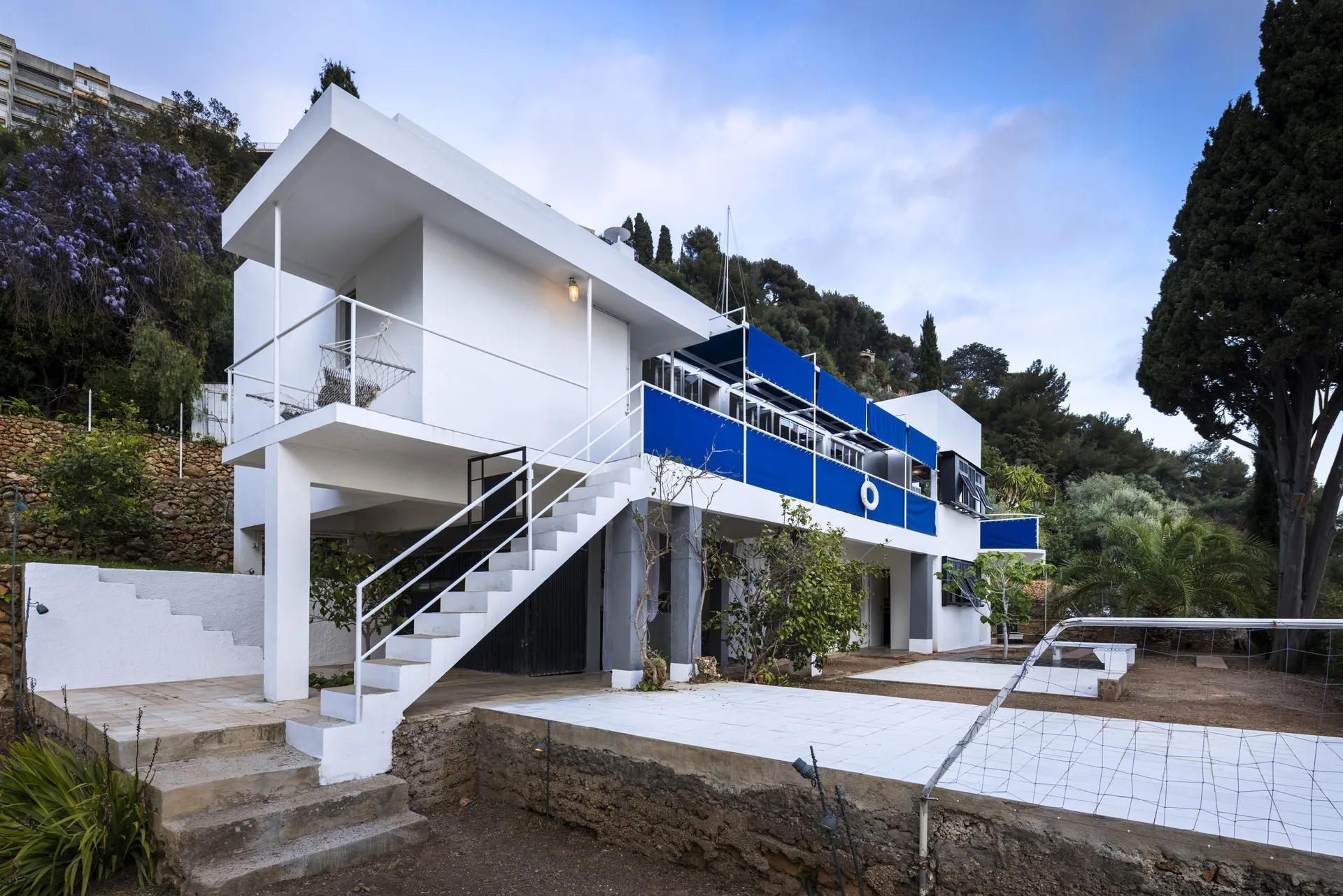
Villa E-1027, France
Style: International style
Famous works: Villa E-1027; Tempe à Pailla, both France
Irish designer and architect Eileen Gray struggled to establish herself in a male-dominated field, but is now celebrated as one of the most important figures in 20th-century design. Her style blended art deco elegance with modernist functionality, exemplified in the E-1027 house in France, a minimalist villa featuring built-in furniture and sliding panels, which was incorrectly attributed to Le Corbusier for many years.
Lisbeth Sachs (1914-2002)
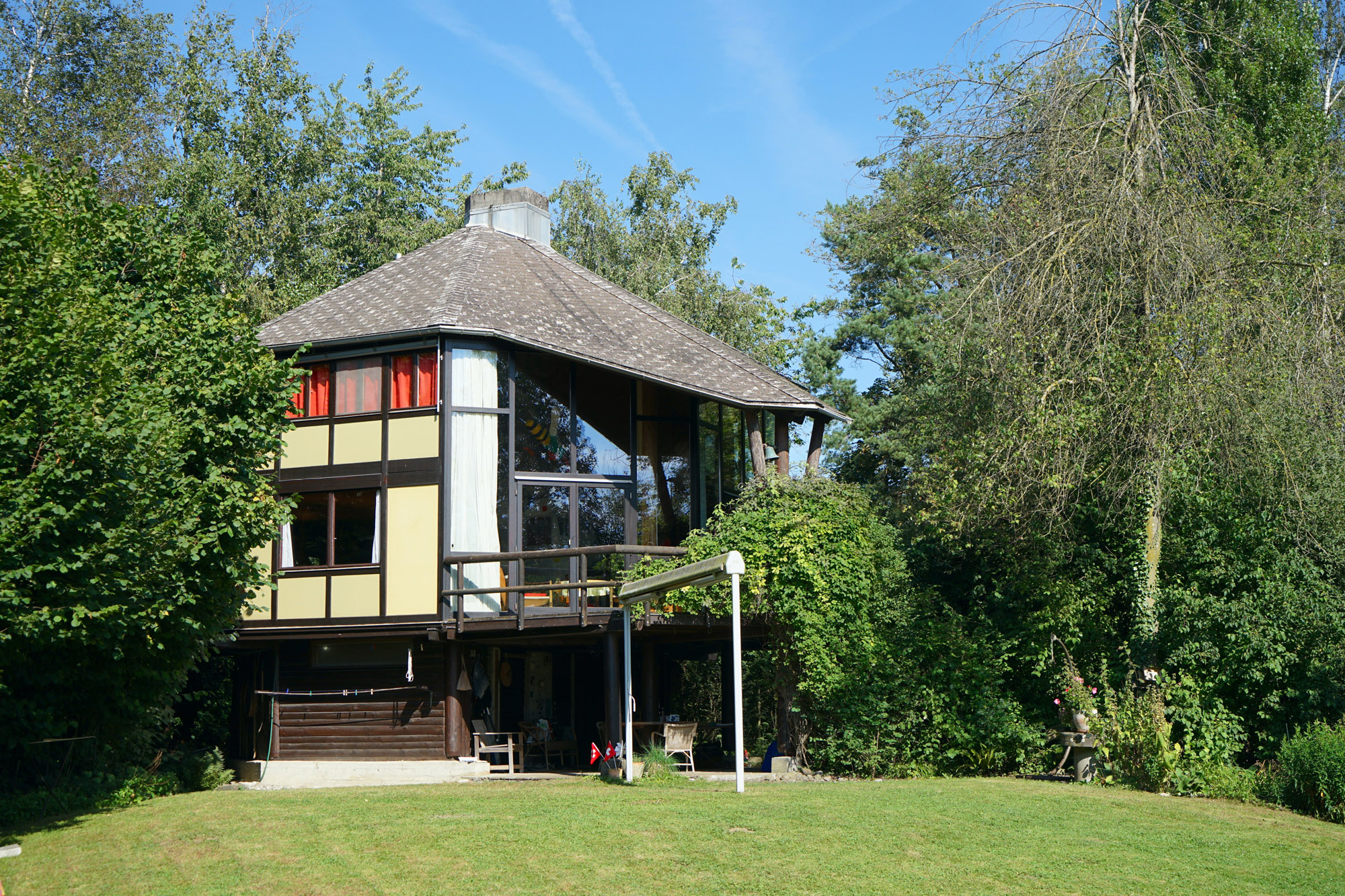
Style: Organic architecture, humanist modernism
Famous works: Summer House Strauss, Switzerland
The work of Lisbeth Sachs, one of the first registered female architects in Switzerland, is marked by an organic sensibility, with curvilinear forms, expressive materials and structural clarity. She created spaces where interior and exterior boundaries blur, exemplified in her 1976 project, the Summer House Strauss. Her long-overdue recognition culminated with a dedicated showcase at the Swiss Pavilion during this year’s Venice Architecture Biennale (2025).
Africa
Hassan Fathy (1900-1989)
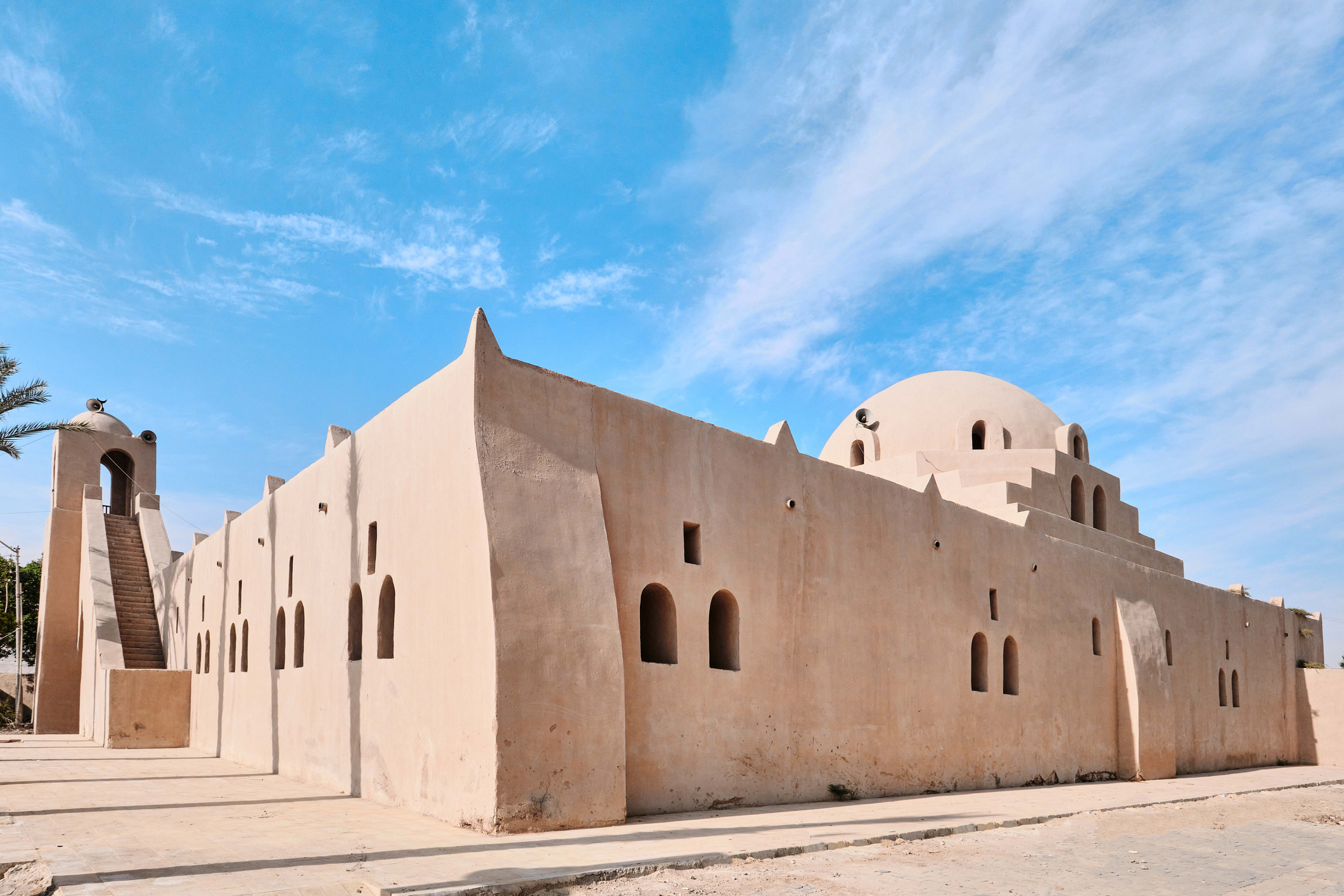
New Gourna Village, Egypt
Style: Vernacular modernism
Famous works: New Gourna Village, Egypt
Egyptian architect Hassan Fathy blended modernist principles with traditional building techniques, using indigenous materials such as mud brick and vernacular methods like Nubian vaults and passive cooling to achieve climate-responsive design. Culturally, Fathy sought to develop community-centered, affordable housing for rural, economically disadvantaged Egyptians. This philosophy is exemplified in New Gourna, a planned resettlement village near Luxor, designed in the 1940s.
Demas Nwoko (b. 1935)
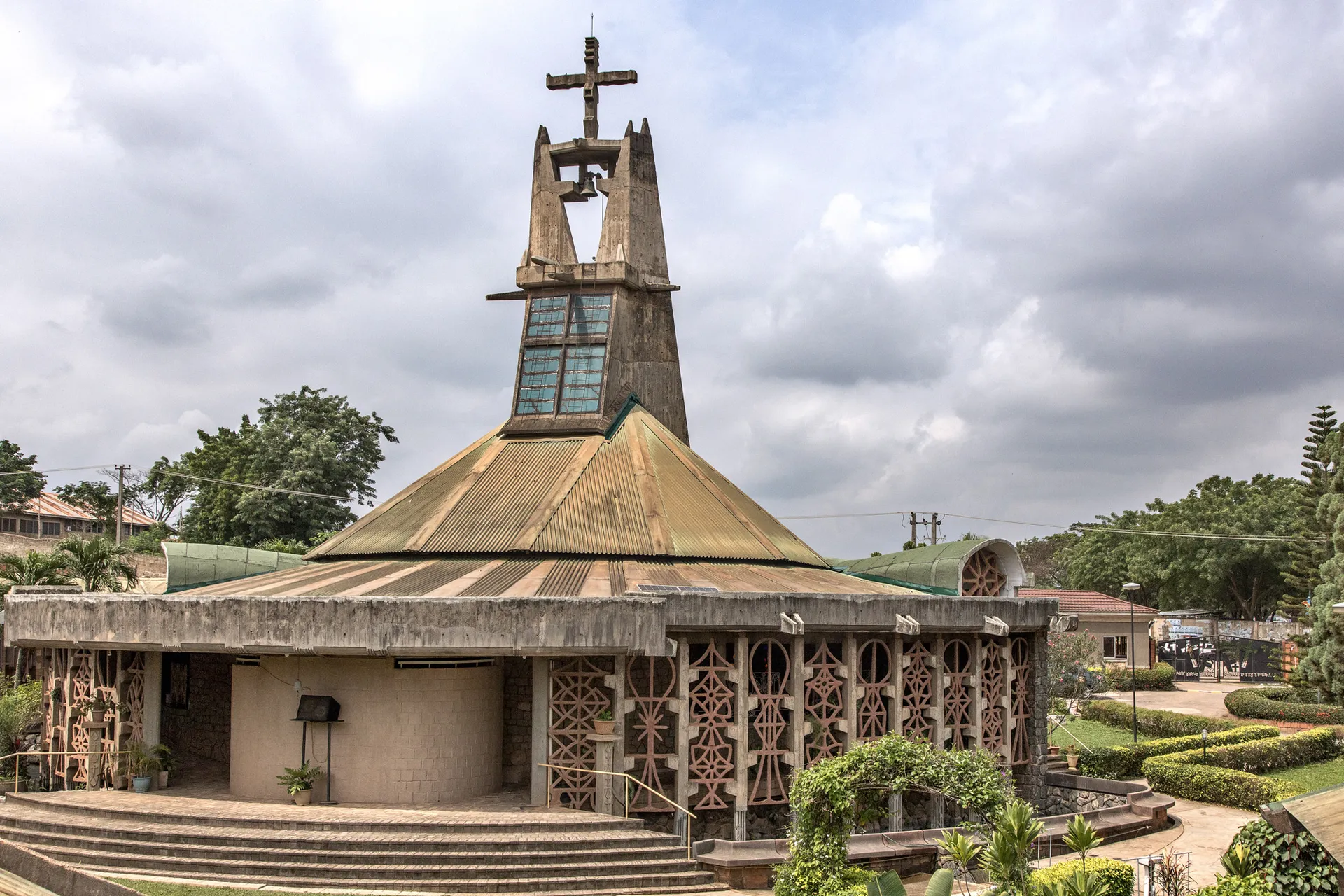
The chapel at the Dominican Institute, Ibadan, Nigeria
Style: African modernism
Famous works: Dominican Institute, Nigeria
Demas Nwoko, a Nigerian architect, artist and designer, integrated indigenous African motifs, materials and crafts into modern architectural practices, challenging Western conventions. He viewed design as a force to positively shape the environment, seeking to create meaningful cultural and social spaces for African communities, such as the educational Dominican Institute, built in the 1970s.
Asia
Charles Correa (1930-2015)
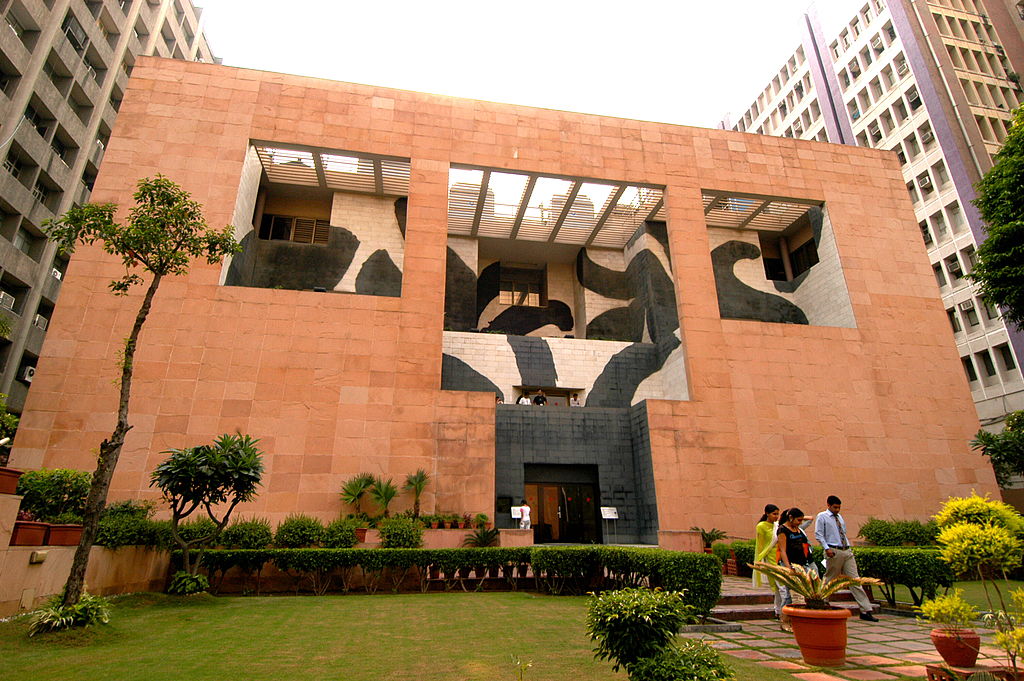
Jawahar Kala Kendra, Jaipur, India
Style: Contextual modernism
Famous works: Gandhi Memorial Museum; Kanchanjunga Apartments; Jawahar Kala Kendra, all India
Although he was born in Mozambique, Charles Correa is primarily associated with Indian architecture, with much of his work addressing urban planning challenges in the country and helping redefine national architecture in the post-independence era. His style fused traditional elements with modernist principles while adapting to local climate and culture. The Gandhi Memorial Museum in Ahmedabad showcases Correa’s signature use of open spaces, natural light and ventilation.
Balkrishna Doshi (1927-2023)
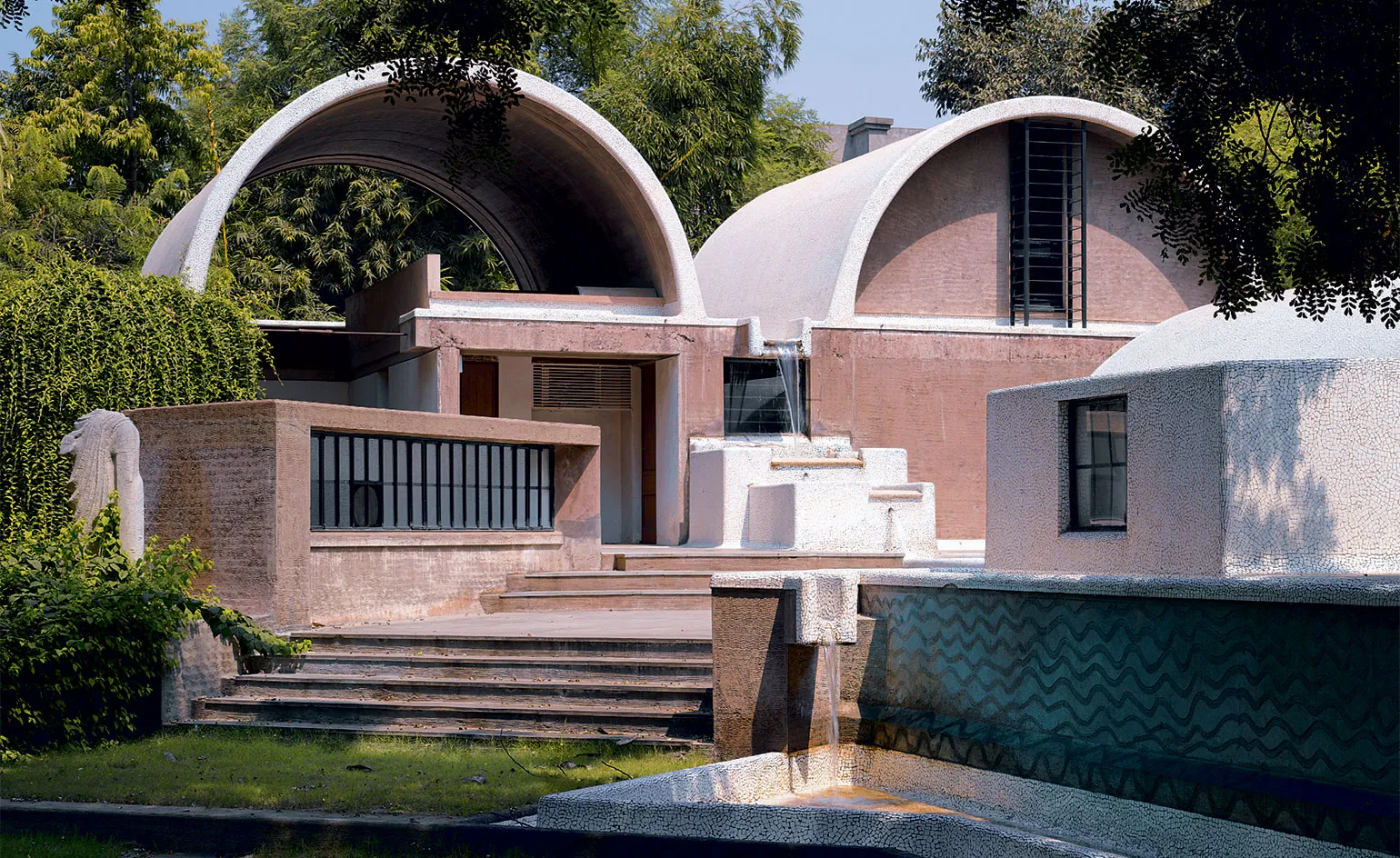
Doshi’s office in Sangath, Ahmedabad, India
Style: Humanist modernism, brutalism
Famous works: Indian Institute of Management; Aranya low-cost housing, both India
Balkrishna Doshi was profoundly influenced by mentors Le Corbusier and Louis Kahn, but forged his own Indian interpretation of modernism. His work often featured elements suited to India’s climate, such as open courtyards, shaded terraces and natural ventilation. Awarded the Pritzker Prize in 2018, Doshi was celebrated for his humanistic approach, which focuses on low-cost housing, communal spaces and sustainable urban design.
Geoffrey Bawa (1919-2003)
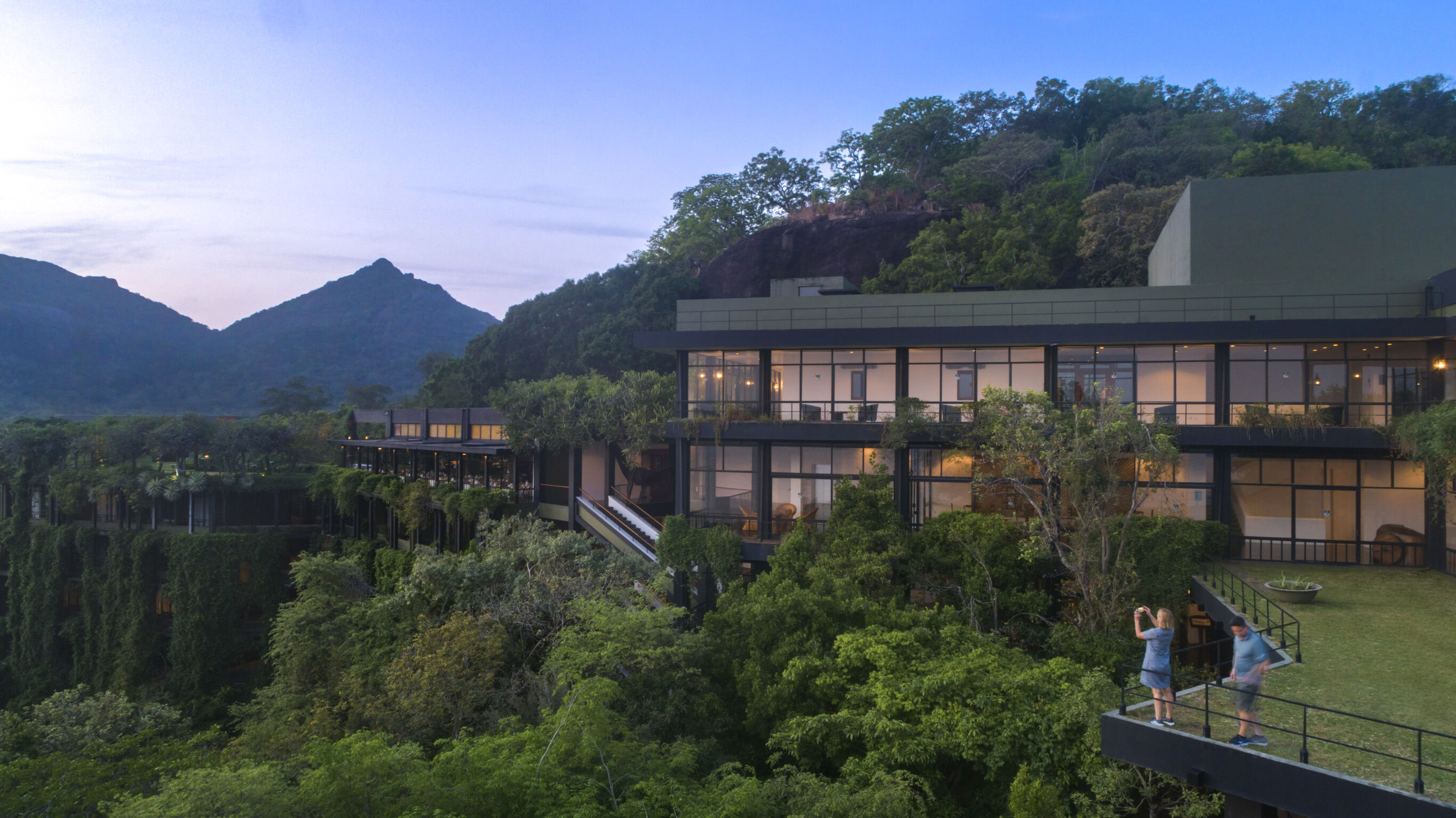
Kandalama Hotel
Style: Tropical modernism
Famous works: Kandalama Hotel; Lunuganga Estate; Sri Lankan parliament building, all Sri Lanka
Sri Lankan architect Geoffrey Bawa is widely regarded as the father of tropical modernism – an architectural style that merges modernist principles with the demands of tropical climates. His designs frequently blur the lines between indoor spaces and lush natural surroundings, featuring open plans and natural materials. Bawa’s work is climate-responsive, with examples including the Kandalama and Lunuganga hotels, where you can stay today.
Tadao Ando (b. 1941)
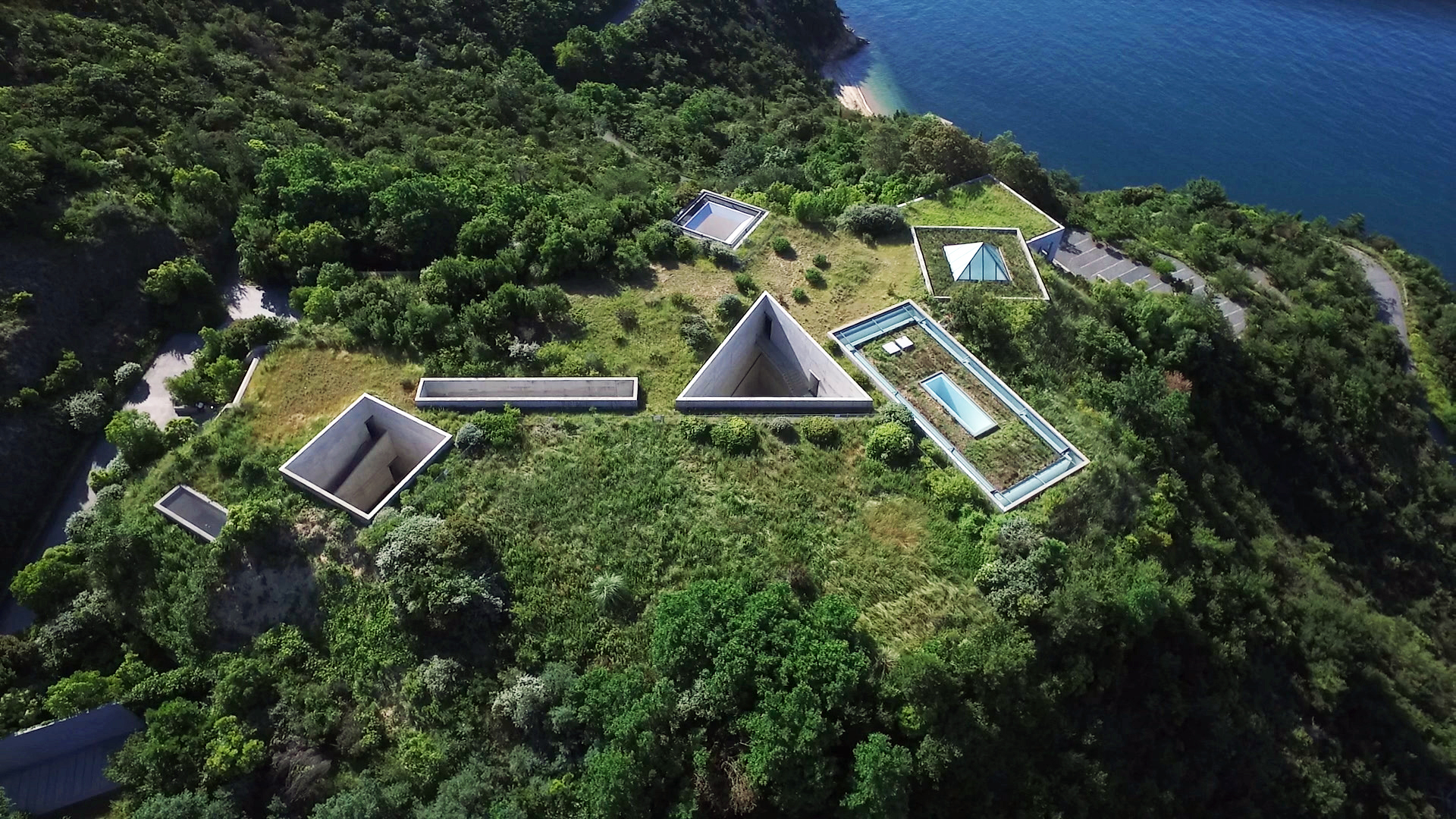
Chichu Art Museum, Naoshima, Japan
Style: Minimalist modernism
Famous works: Church of the Light; Naoshima Contemporary Art Museum; Chichu Art Museum; the Koshino House; the Water Temple, all Japan
Tadao Ando buildings are generally minimalist sanctuaries crafted from exposed concrete with plenty of natural light and water features. His work reflects the Japanese Zen philosophy, with a focus on calm, contemplation and harmony with nature. Iconic projects like the Church of Light in Osaka and the Naoshima Contemporary Art Museum redefined contemporary Japanese architecture.
Minnette de Silva (1918-1998)
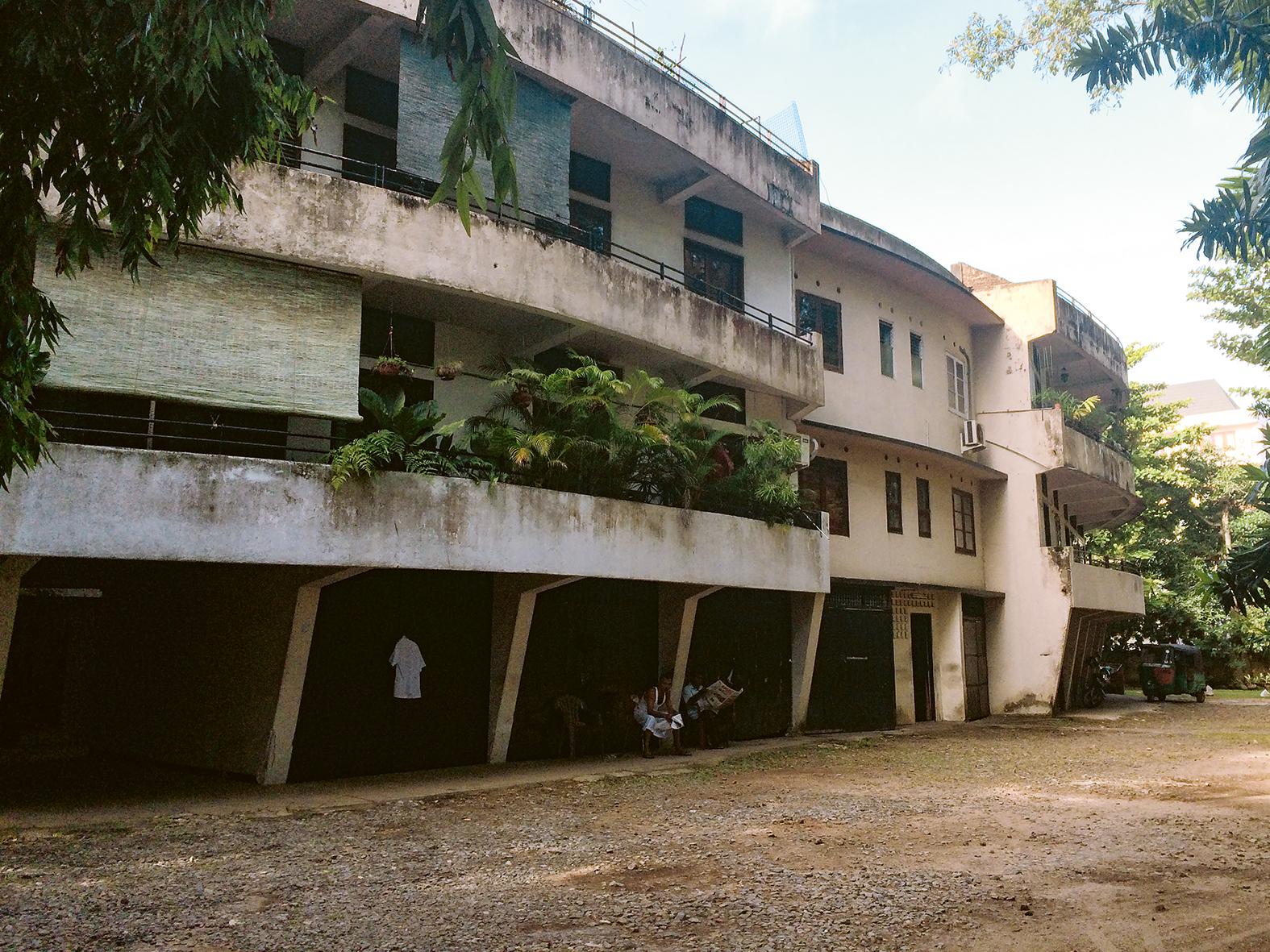
Style: Tropical modernism
Famous works: Karunaratne House; Pieris House; Watapuluwa Housing Scheme, all Sri Lanka
Minette de Silva was the first Asian woman elected as an associate of RIBA. She blended modernist principles with crafts, materials and forms suited to the tropical climate of her native Sri Lanka, using, for example, methods such as rammed earth and wattle-and-daub and features like open courtyards, passive ventilation and adjustable partitions. De Silva’s work was largely overlooked due to the gender biases of the 20th-century architectural establishment, but her influence on figures like Geoffrey Bawa is being increasingly recognised.
North America
Frank Lloyd Wright (1867-1959)
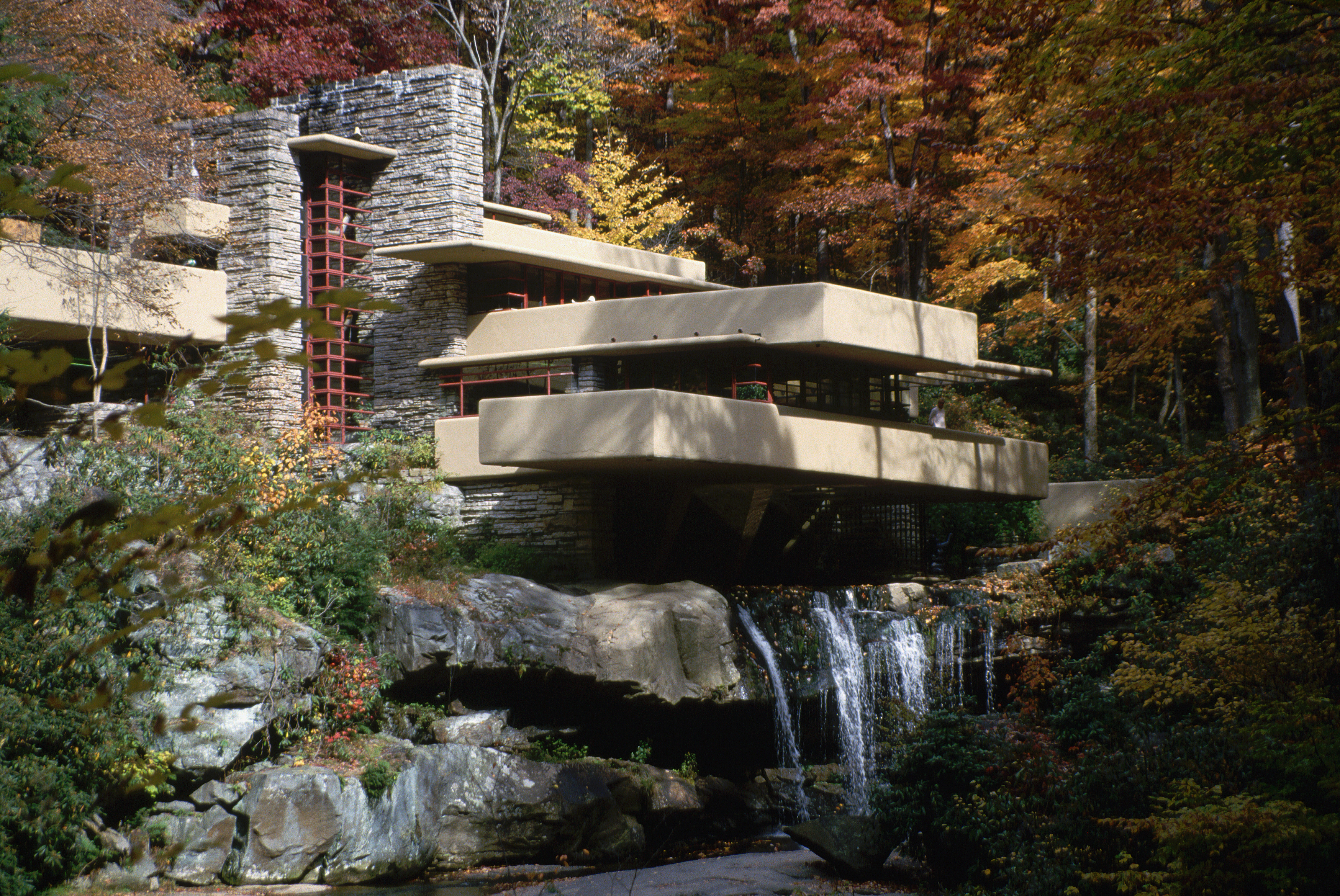
Fallingwater, Pennsylvania
Style: Organic architecture, Prairie style
Famous works: Fallingwater, Pennsylvania; Guggenheim Museum, New York; Robie House, Chicago
Frank Lloyd Wright revolutionised American architecture over his 70-year career with his philosophy of organic architecture – buildings that harmonise with their natural surroundings. His Prairie style, prominent between 1900 and 1917, sought to create a distinctly American aesthetic inspired by the landscapes of the Midwest, featuring cantilevered roofs, open floor plans and horizontal lines. Beyond his Prairie homes, Wright’s celebrated works include Fallingwater, a masterclass in environmental integration.
Ludwig Mies van der Rohe (1886-1969)
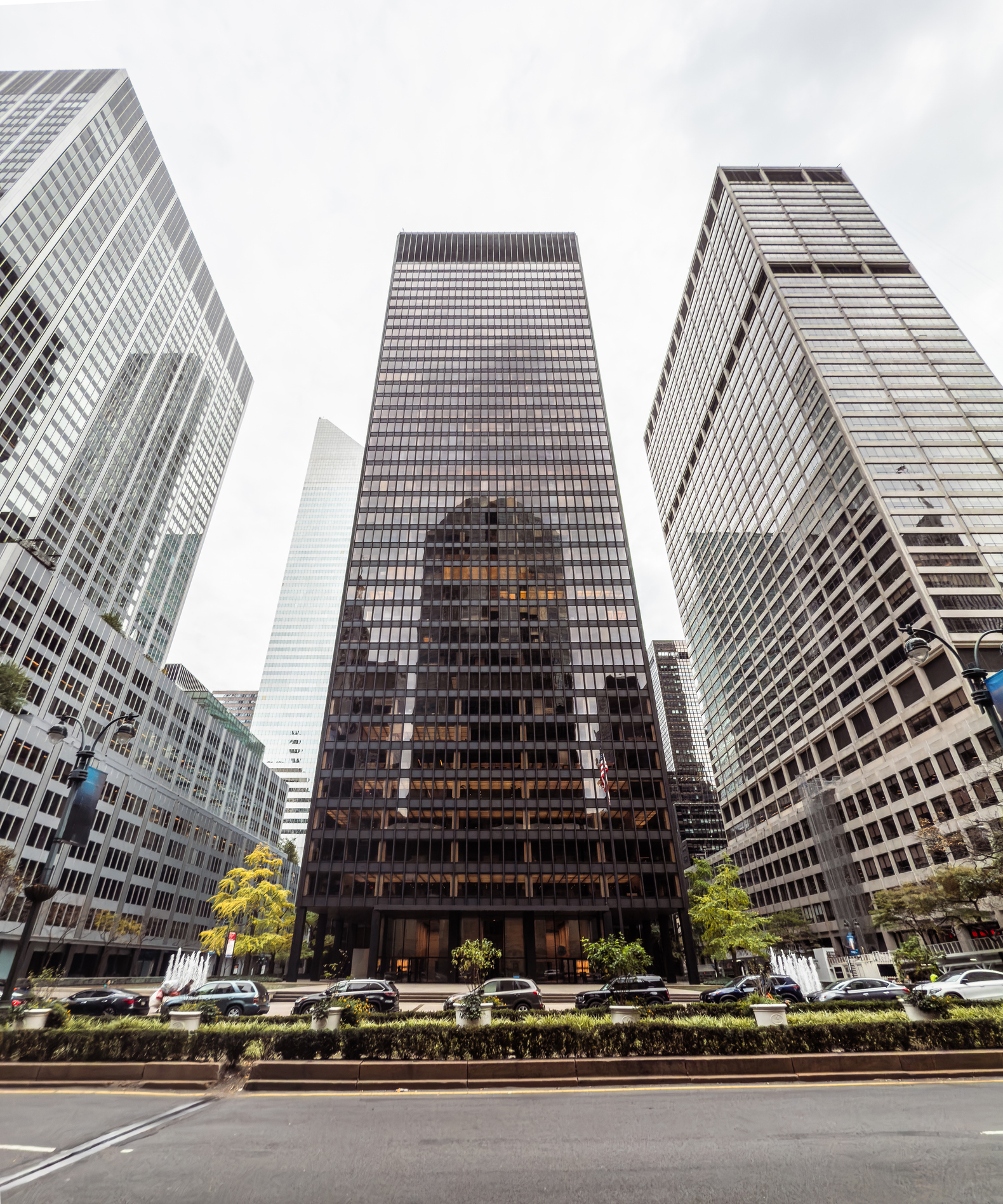
Seagram Building, New York
Style: International Style, minimalist modernism
Famous works: Seagram Building (with Philip Johnson), New York; Crown Hall, Chicago
Though he was born in Germany, Ludwig Mies van der Rohe made his mark in the US after emigrating there, helping to define the glass-and-steel aesthetic that laid the foundation for the modern skyscraper. The Seagram Building became, in many ways, the global blueprint for corporate architecture. Credited with popularising the phrase ‘less is more’, van der Rohe’s designs are characterised by clean lines, open floor plans and light-filled, transparent spaces. Read more about Mies van der Rohe's life and works.
Richard Neutra (1892-1970)
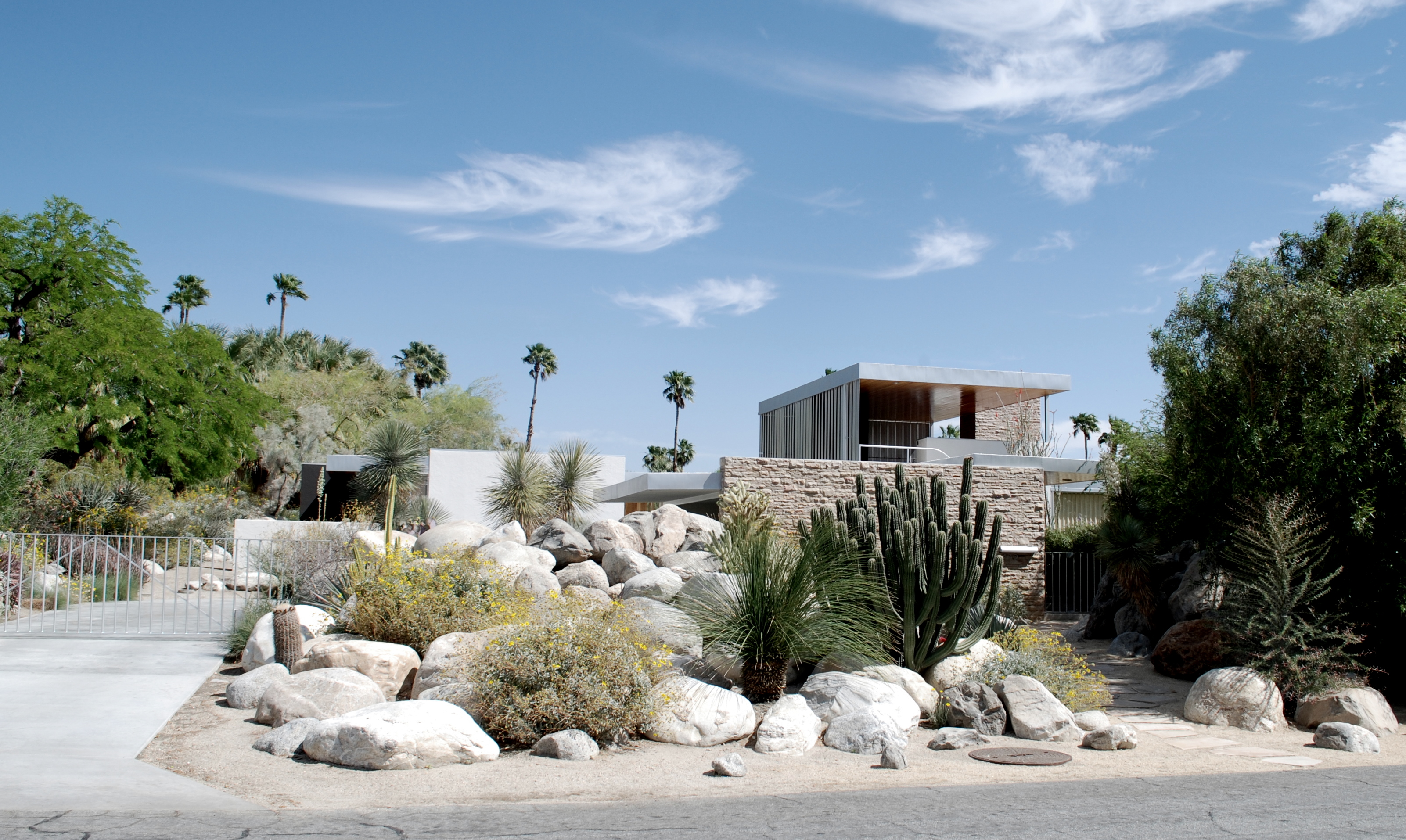
Kaufmann Desert House, California
Style: Mid-century modernism, California modernism
Famous works: Kaufmann Desert House; Lovell Health House, both California
Austrian-American architect Richard Neutra was a key figure in midcentury modernism, particularly in Southern California, where buildings such as the Kaufmann Desert House in Palm Springs helped define the California modern style. His designs are sleek, light-filled and open plan, emphasising health, lifestyle and a connection with the outdoors through the use of glass and natural materials.
Louis Kahn (1901-1974)
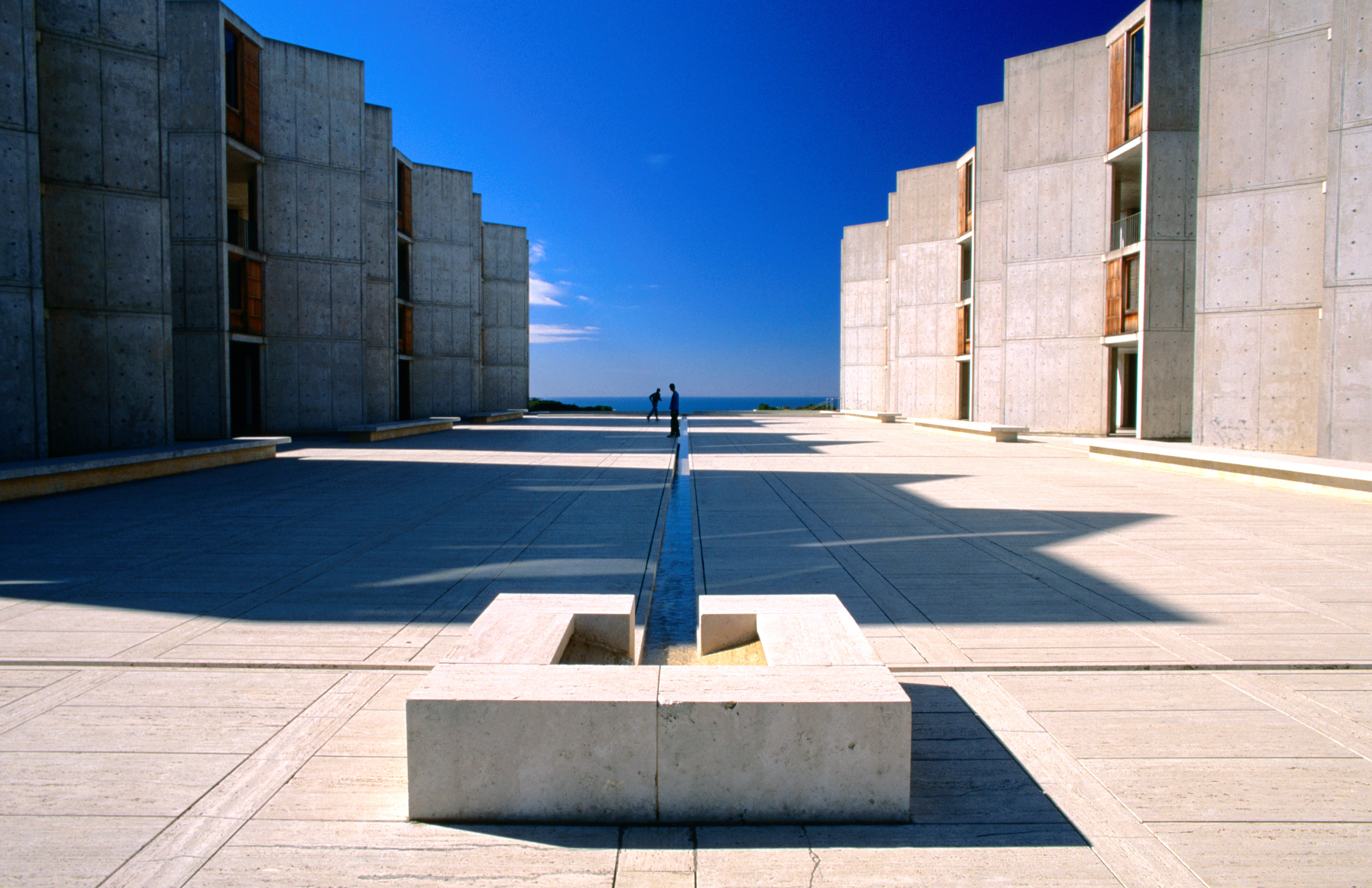
Salk Institute, California
Style: Monumental modernism
Famous works: Salk Institute, California; Kimbell Art Museum, Texas
Louis Kahn, recipient of both the AIA Gold Medal and the RIBA Gold Medal, was renowned for his monumental, monolithic buildings that showcase their weight, materials and structure rather than concealing them. Kahn’s designs blend modernism with classical influences, characterised by geometric forms and materials like brick and concrete.
Charles and Ray Eames (1907-1978 and 1912-1988)
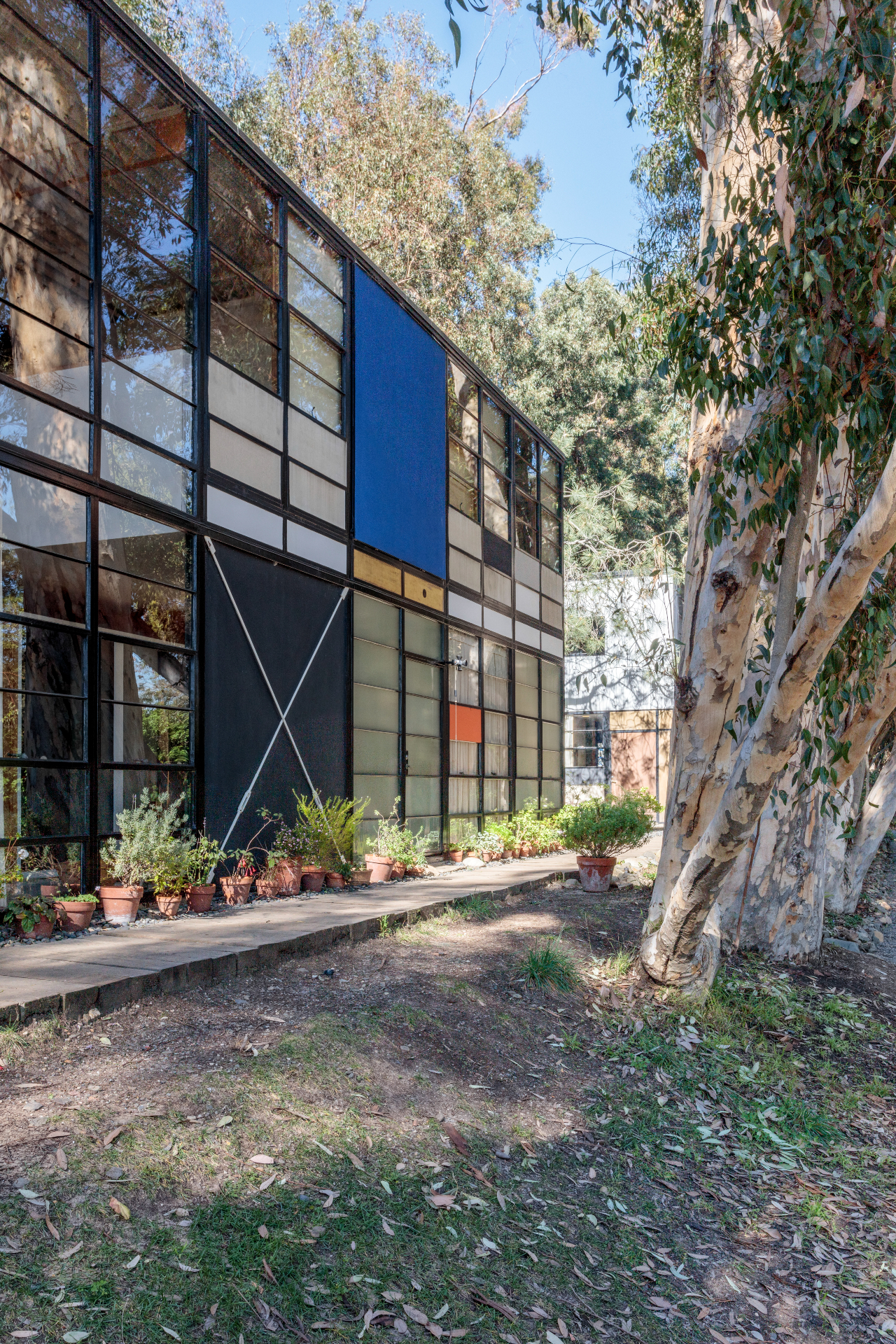
Eames House, California
Style: Mid-century modernism
Famous works: Eames House, California
Perhaps two of the most influential figures in 20th-century design, married couple Charles and Ray Eames are renowned for their contributions to architecture, furniture and industrial design. Their use of new materials like moulded plywood and fibreglass combined functionality with aesthetics. The Eames House, built in 1949 in Pacific Palisades, Los Angeles, stands as a landmark of midcentury modern residential architecture.
South America
Oscar Niemeyer (1907-2012)
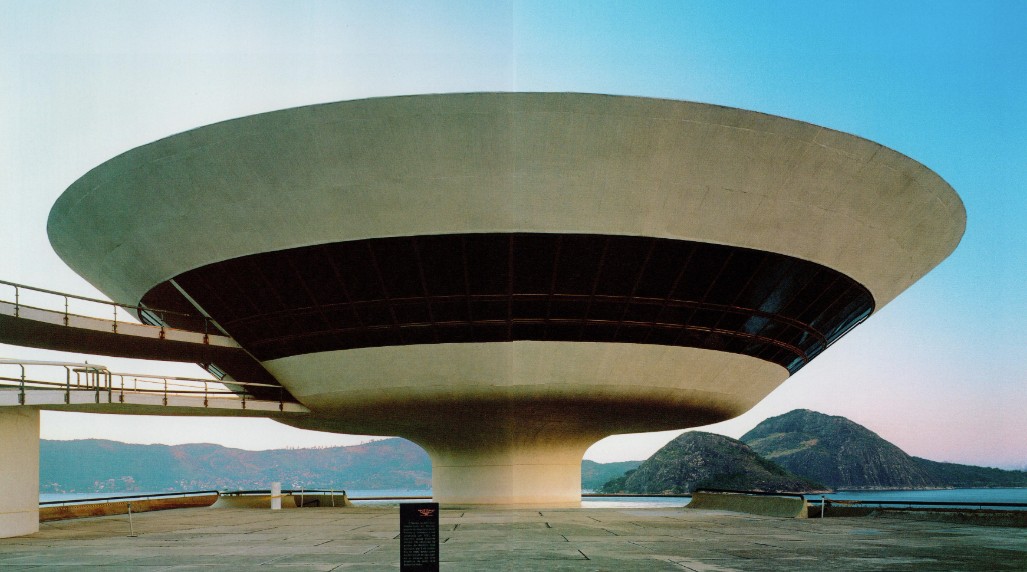
Niterói Museum of Contemporary Art, Brazil
Style: Brazilian modernism, sculptural modernism
Famous works: Civic buildings of Brasília; Niterói Museum of Contemporary Art, both Brazil; United Nations Headquarters, US
Strongly influenced by Le Corbusier, Oscar Niemeyer’s use of free-form concrete, often cast in sinuous curves that echoed the natural landscapes of Brazil, led some to dub him a ‘sculptor of monuments’. Along with urban planners Lúcio Costa and Joaquim Cardozo, Niemeyer helped design the new capital of Brasília in the 1950s, including the National Congress, the cathedral and the Palácio da Alborada.
Lina Bo Bardi (1914-1992)
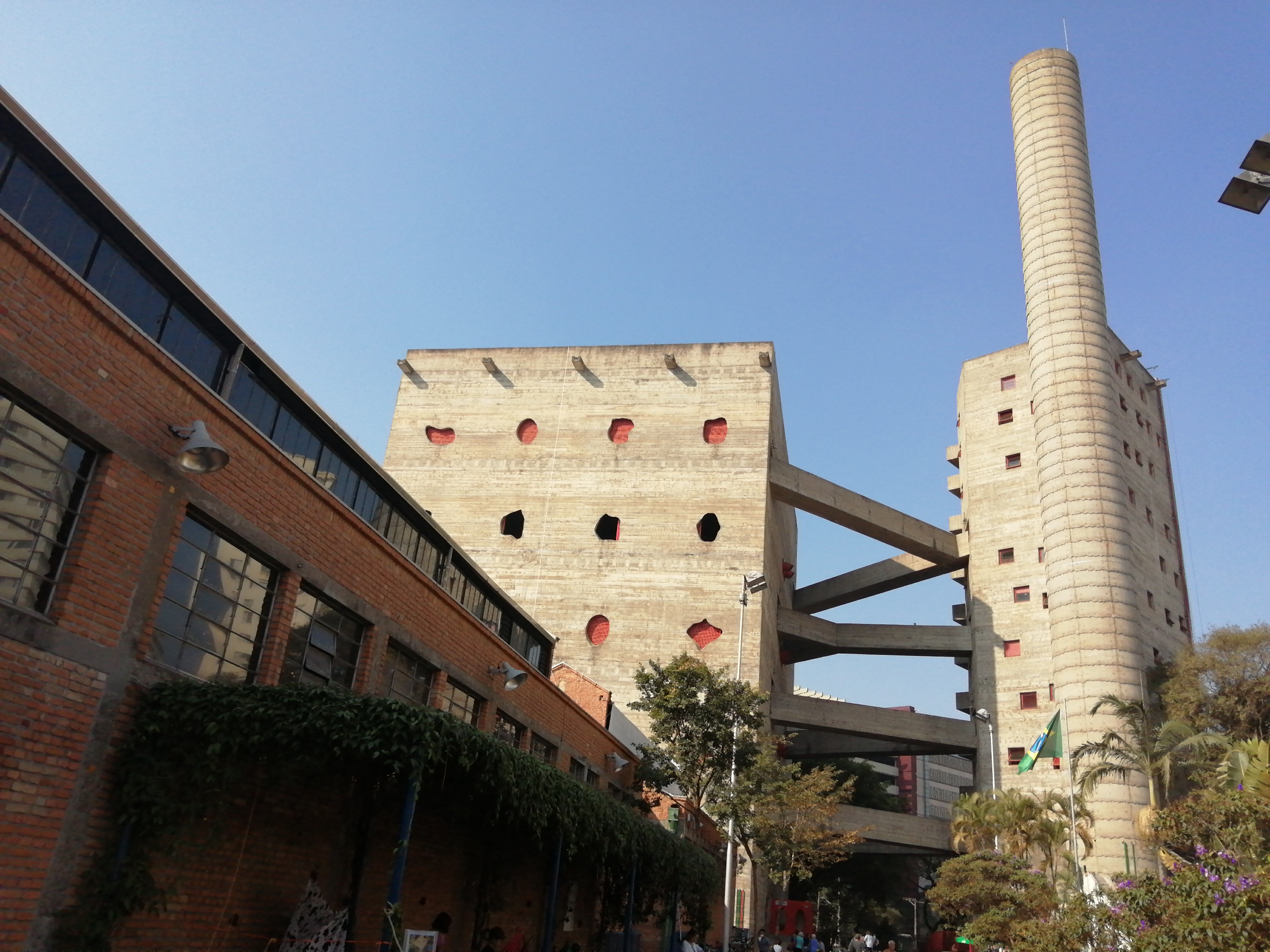
SESC Pompéia, Brazil
Style: Brazilian modernism, humanist modernism, brutalism
Famous works: SESC Pompéia; Glass House; São Paulo Museum of Art, all Brazil
Born in Italy, Lina Bo Bardi is celebrated for her contributions to Latin American architecture, particularly in Brazil, where she navigated challenges as both a foreigner and a woman. An advocate for architecture’s social potential, she created buildings marked by cultural and material sensitivity, blending brutalist forms with Brazilian vernacular influences.
Carlos Raúl Villanueva (1900-1975)
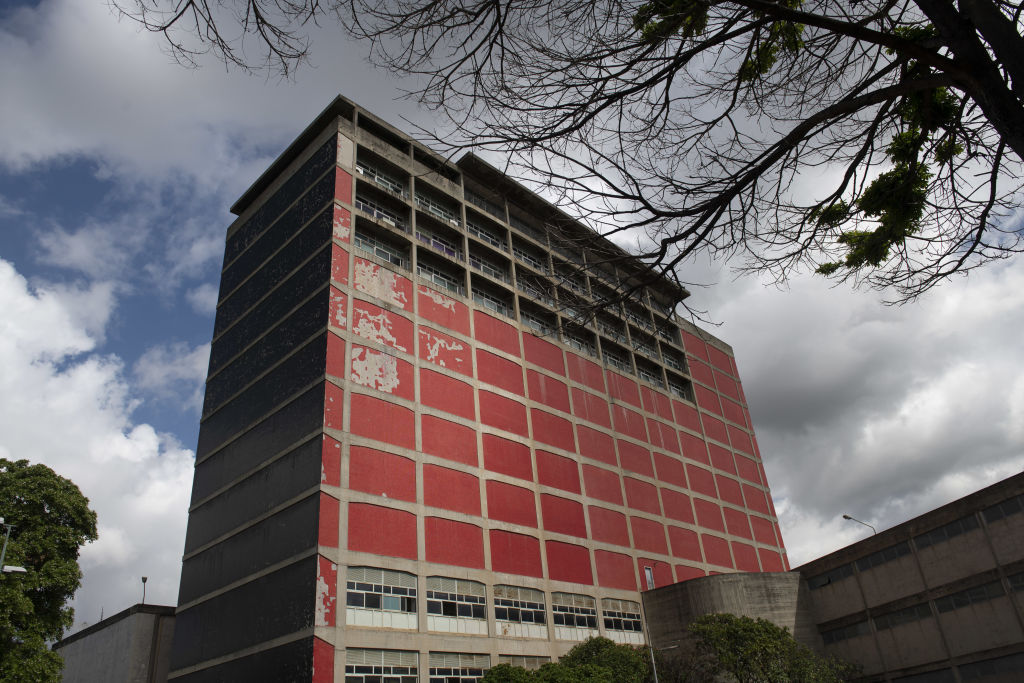
Ciudad Universitaria de Caracas, Venezuela
Style: Regional modernism, brutalism
Famous works: Ciudad Universitaria de Caracas; Olympic Stadium, both Venezuela; Aula Magna, Mexico
Venezuelan but raised in Europe, Carlos Raúl Villanueva brought modernist ideals to Latin America, where he fused them with local cultural and climatic contexts. A defining concept in his work was the idea of ‘synthesis of the arts’, a belief that architecture should be integrated with painting, sculpture and other visual arts. Villanueva also drew from brutalism, with extensive use of reinforced concrete, and his projects often had a social dimension – he played a major role in shaping the urban fabric of cities like Caracas and Maracay.
Anna Solomon is Wallpaper’s digital staff writer, working across all of Wallpaper.com’s core pillars. She has a special interest in interiors and curates the weekly spotlight series, The Inside Story. Before joining the team at the start of 2025, she was senior editor at Luxury London Magazine and Luxurylondon.co.uk, where she covered all things lifestyle and interviewed tastemakers such as Jimmy Choo, Michael Kors, Priya Ahluwalia, Zandra Rhodes, and Ellen von Unwerth.
-
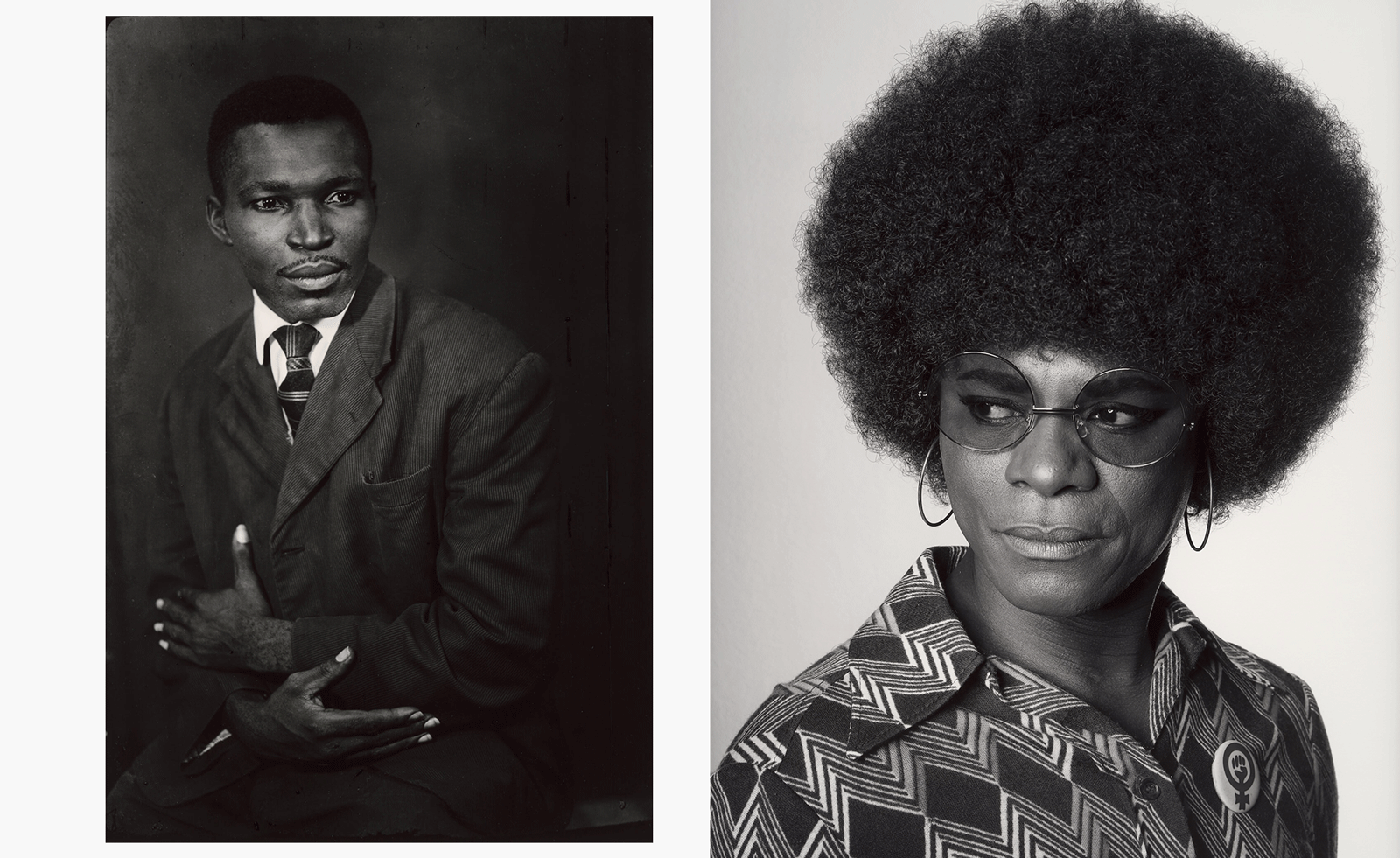 MoMA celebrates African portraiture in a far-reaching exhibition
MoMA celebrates African portraiture in a far-reaching exhibitionIn 'Ideas of Africa: Portraiture and Political Imagination' at MoMA, New York, studies African creativity in photography in front of and behind the camera
-
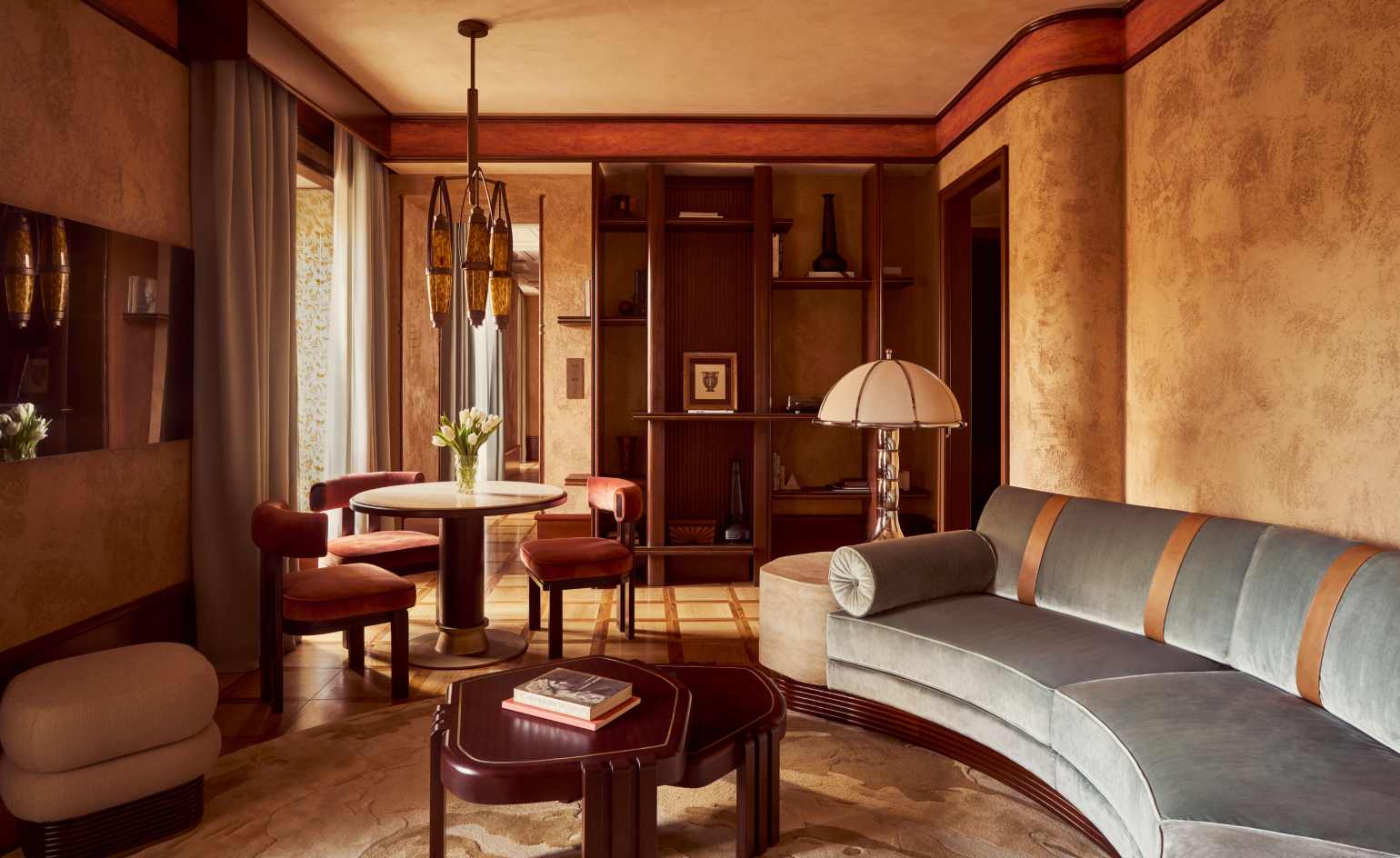 How designer Hugo Toro turned Orient Express’ first hotel into a sleeper hit
How designer Hugo Toro turned Orient Express’ first hotel into a sleeper hitThe Orient Express pulls into Rome, paying homage to the golden age of travel in its first hotel, just footsteps from the Pantheon
-
 These Kickstarter catastrophes and design duds proved tech wasn’t always the answer in 2025
These Kickstarter catastrophes and design duds proved tech wasn’t always the answer in 2025Odd ideas, Kickstarter catastrophes and other haunted crowd-funders; the creepiest, freakiest and least practical technology ideas of 2025
-
 These Christmas cards sent by 20th-century architects tell their own stories
These Christmas cards sent by 20th-century architects tell their own storiesHandcrafted holiday greetings reveal the personal side of architecture and design legends such as Charles and Ray Eames, Frank Lloyd Wright and Ludwig Mies van der Rohe
-
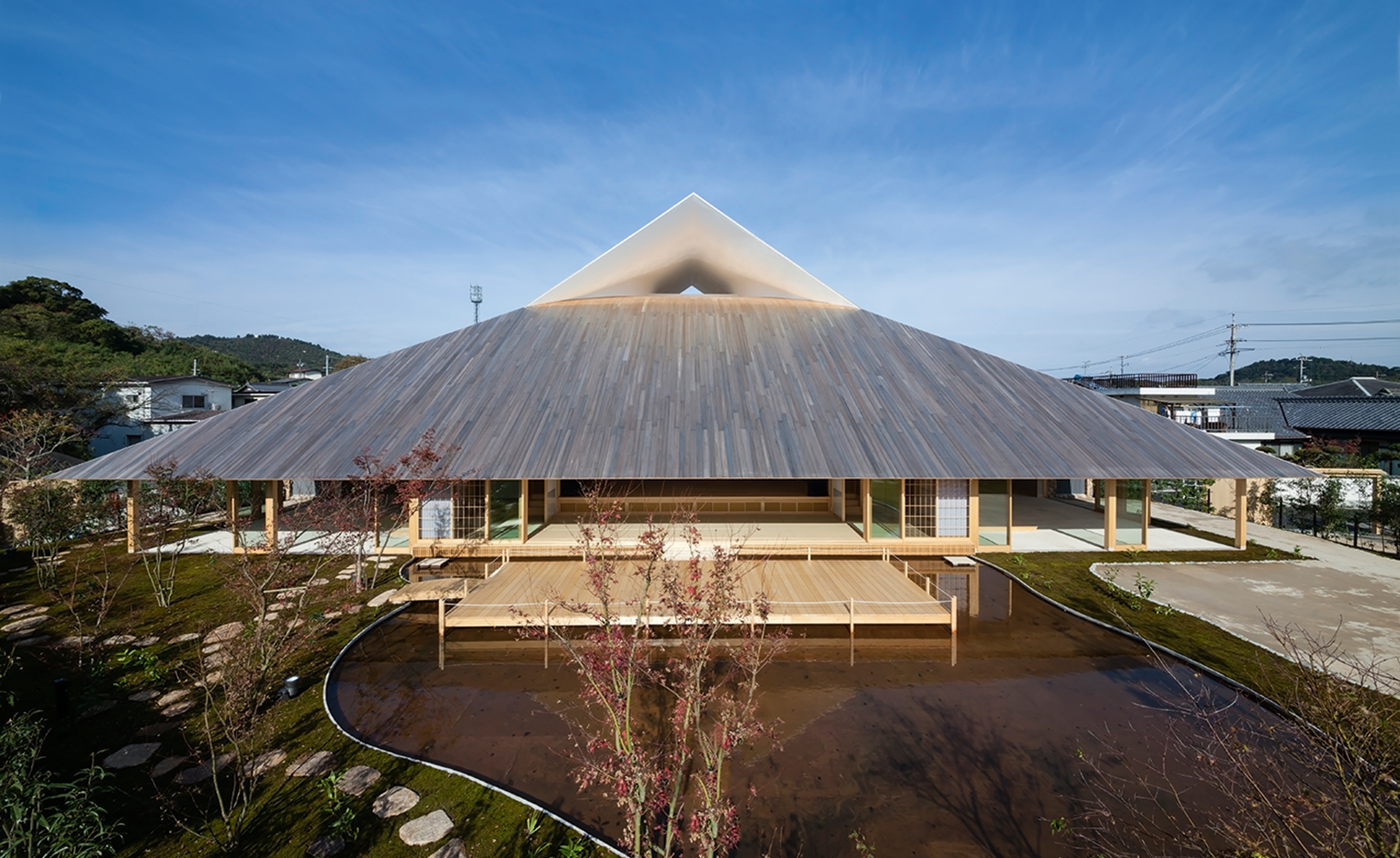 Take a tour of the 'architectural kingdom' of Japan
Take a tour of the 'architectural kingdom' of JapanJapan's Seto Inland Sea offers some of the finest architecture in the country – we tour its rich selection of contemporary buildings by some of the industry's biggest names
-
 In addition to brutalist buildings, Alison Smithson designed some of the most creative Christmas cards we've seen
In addition to brutalist buildings, Alison Smithson designed some of the most creative Christmas cards we've seenThe architect’s collection of season’s greetings is on show at the Roca London Gallery, just in time for the holidays
-
 The Architecture Edit: Wallpaper’s houses of the month
The Architecture Edit: Wallpaper’s houses of the monthFrom wineries-turned-music studios to fire-resistant holiday homes, these are the properties that have most impressed the Wallpaper* editors this month
-
 The Stahl House – an icon of mid-century modernism – is for sale in Los Angeles
The Stahl House – an icon of mid-century modernism – is for sale in Los AngelesAfter 65 years in the hands of the same family, the home, also known as Case Study House #22, has been listed for $25 million
-
 Frank Lloyd Wright’s Fountainhead will be opened to the public for the first time
Frank Lloyd Wright’s Fountainhead will be opened to the public for the first timeThe home, a defining example of the architect’s vision for American design, has been acquired by the Mississippi Museum of Art, which will open it to the public, giving visitors the chance to experience Frank Lloyd Wright’s genius firsthand
-
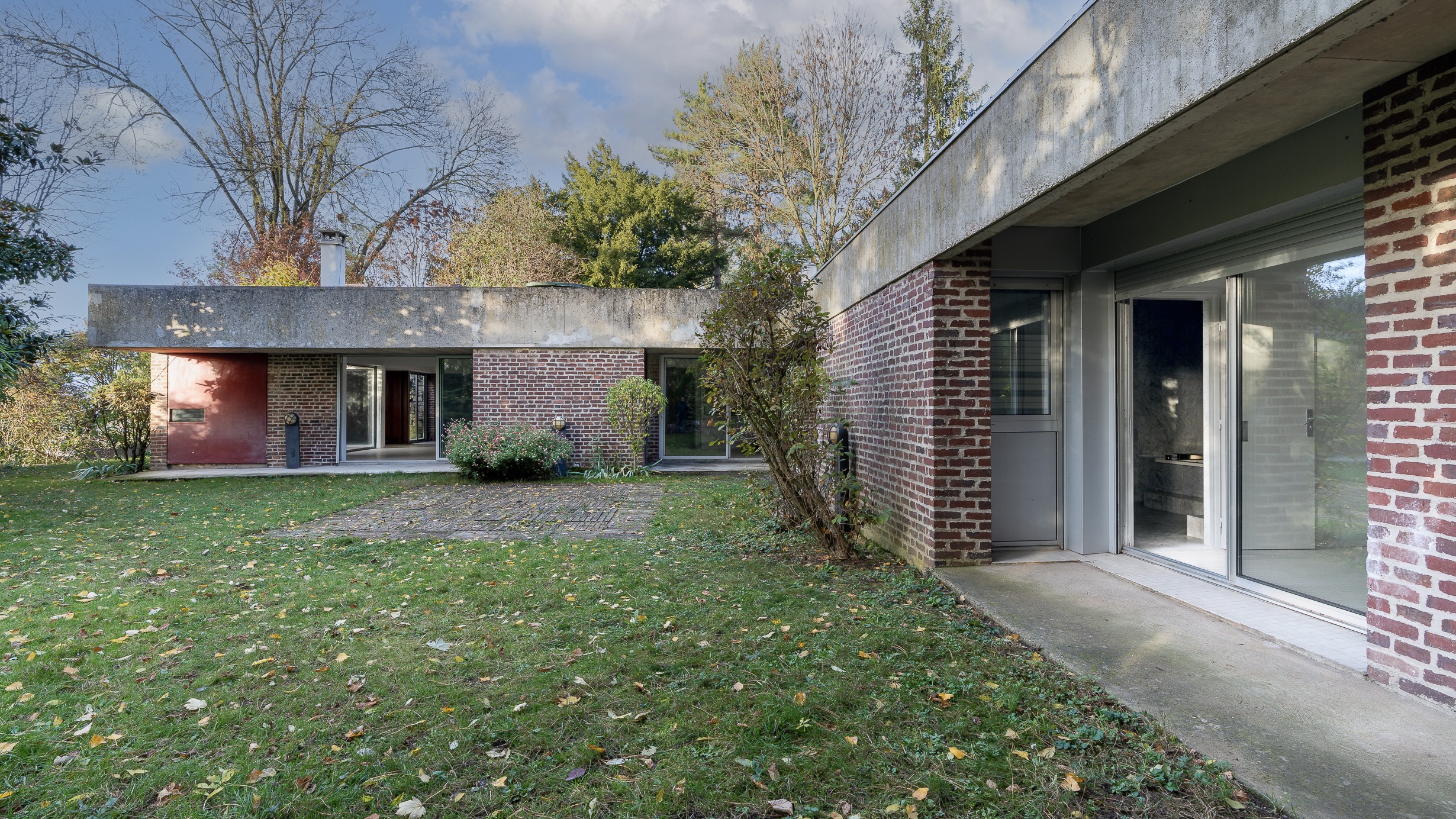 This modernist home, designed by a disciple of Le Corbusier, is on the market
This modernist home, designed by a disciple of Le Corbusier, is on the marketAndré Wogenscky was a long-time collaborator and chief assistant of Le Corbusier; he built this home, a case study for post-war modernism, in 1957
-
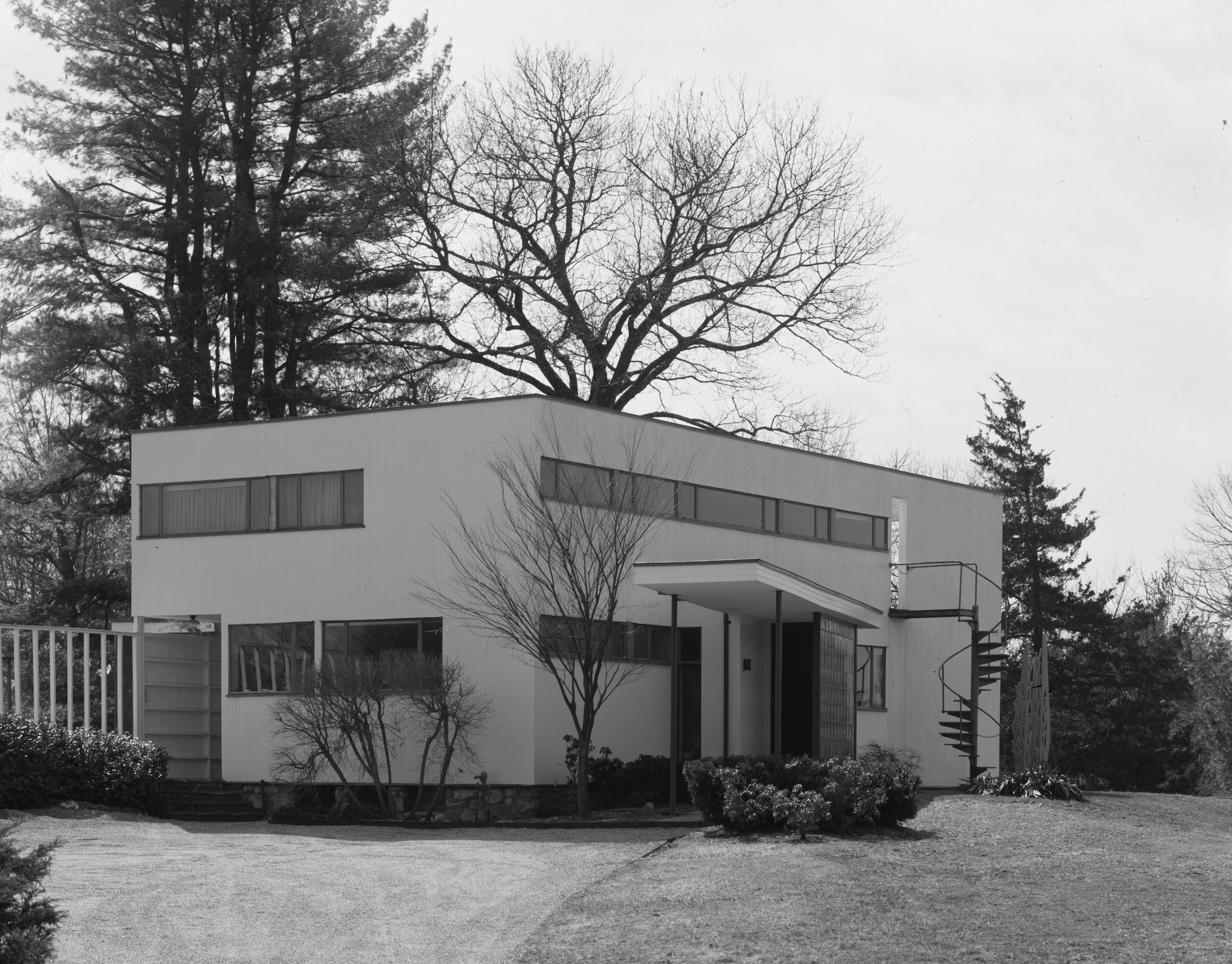 From Bauhaus to outhouse: Walter Gropius’ Massachusetts home seeks a design for a new public toilet
From Bauhaus to outhouse: Walter Gropius’ Massachusetts home seeks a design for a new public toiletFor years, visitors to the Gropius House had to contend with an outdoor porta loo. A new architecture competition is betting the design community is flush with solutions